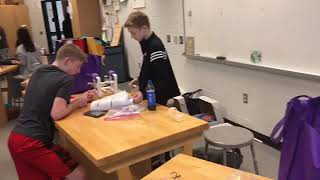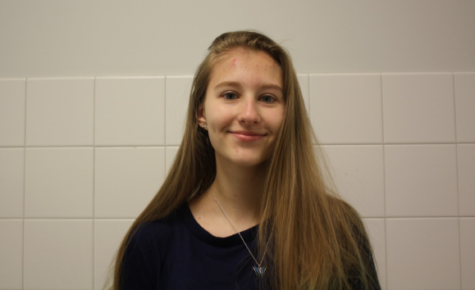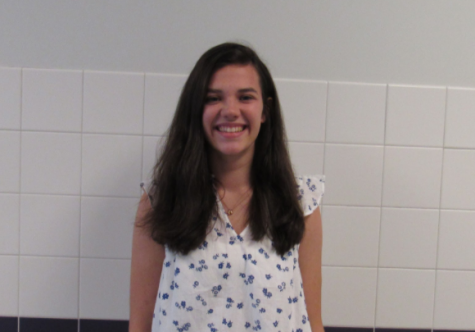SeaPerch robots can sink or swim in pool contests

Teams from the middle school and high school compete in the SeaPerch robotics competition.
April 15, 2019
Qualifying for a national robotics competition sounds difficult enough on its own. Now imagine qualifying as a middle-schooler with no previous experience in the program.
Sophomores Jacob Green and Alex Shields did just that four years ago when their SeaPerch team made it all the way to nationals.
“It was the first time SeaPerch was available to our district and my team went to nationals,” Green said. “This was surprising to us because at regionals there were about 300 teams that were competing and they had a few more years of experience than us.”
The district’s high school and middle school have been involved in the Sea-Perch robotics program for the past four years. SeaPerch is an underwater robotics competition where a team of students create a robot that can go through obstacles and challenges that are all underwater.
Gifted coordinator Jared Hoffman and middle school science teacher Debbie Reynolds are the sponsors of the district’s teams. The middle school and high school compete in two different divisions.
On March 30, a Baldwin team consisting of Cameron Greenaway, James Luttringer, and Joey Shields won a spot at nationals in Maryland in early June.
“We were surprised. We weren’t expecting much going into the competition,” Luttringer said.
A second Baldwin team placed second at regionals.
There were four teams in the Sea-Perch program at the high school. Each group was given a kit that included the most important equipment needed to make the robot, such as motors, PVC, pool noodles, and engine materials.
If groups decide to use something that is not in the kit, they have a $20 budget for extra materials.
Teams have to make a record book, logging all of their planning and work. At the competition, each team has to make a presentation explaining their work.
Returning teams are permitted to use robots from the year before. Students then make alterations, rather than creating an entirely new device.
This means that every team starts at a different point and ends with a completely different project.
“You can’t just look off someone else’s
bot because they could be doing something completely different,” Alex Shields said.
Green and Alex Shields agree that in addition to the challenge of creating the bots, the SeaPerch program also provides a great experience for students considering a job in a tech field.
“If you’re going in the field of engineering … this is a good program for you to work with that,” Alex Shields said.



